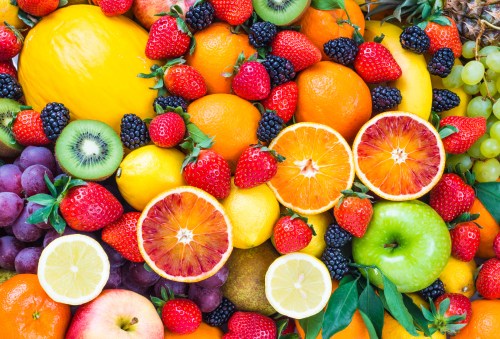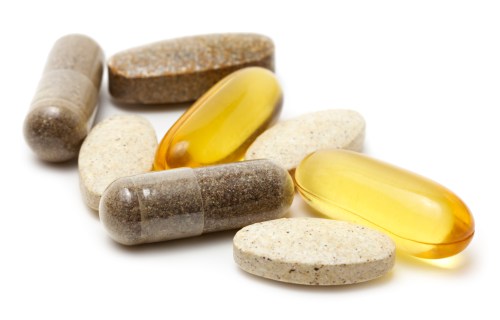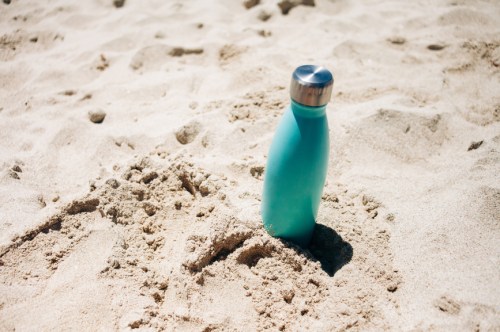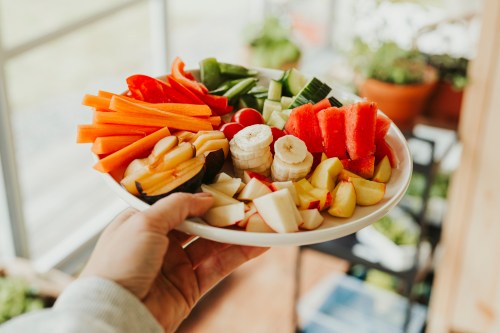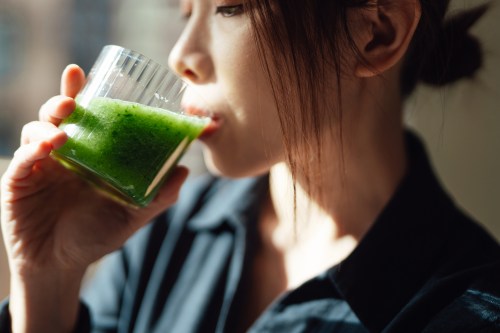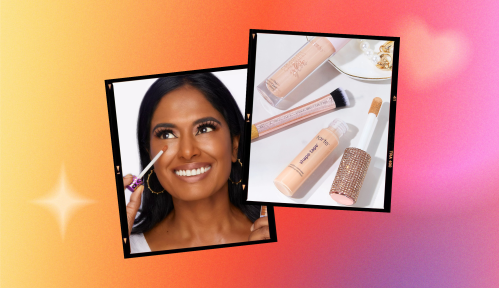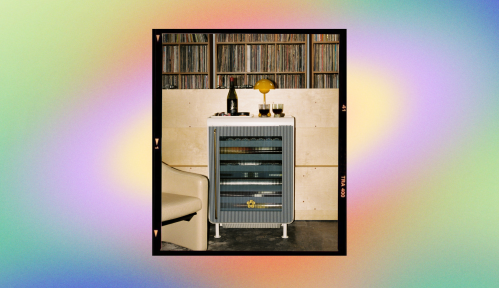Our editors independently select these products. Making a purchase through our links may earn Well+Good a commission
There are so many different ways to enjoy coffee from whipped emulsions to fancy pour-overs. When it comes to your heart health, though, there’s one way cardiologists recommend preparing your coffee over other methods.
Experts in This Article
registered dietitian and nutritionist
In a study published in the European Journal of Preventive Cardiology, researchers looked into the coffee-drinking habits of more than 500,000 Norwegian men and women. And they found something interesting about how coffee preparation methods may impact your health. Particularly in terms of drinking your coffee filtered or unfiltered.
What is filtered coffee, and how does it differ from unfiltered coffee?
First things first: how the two brew methods differ. Filtered coffee refers to coffee grounds that have passed through a paper filter, which traps most of the oils that are released from the beans when steeped in water. Unfiltered coffee simply refers to grounds that don’t go through a paper filter—this may mean that the coffee goes completely unfiltered (i.e. steeped or boiled directly in water) or it passes through a metal filter, which won’t remove the oils in the same way that a paper one does.
Unfiltered coffee may be brewed using a French press, Moka pot, percolator, espresso, and Aeropress. Filtered coffee, on the other hand, includes drip coffee makers, pour-over coffee, Chemex, and any other brew method that enlists a paper filter. Cold brew coffee can be either filtered or unfiltered, depending on what kind of filter you use to strain the final product.
The health benefits of filtered coffee and risks of unfiltered coffee, according to the study
Among the participants, 59 percent drank filtered coffee, 20 percent drank unfiltered coffee, 9 percent drank both types, and 12 percent didn’t drink coffee at all. And it’s clear that filtered coffee wins: “Unfiltered brew was associated with higher mortality than filtered brew, and filtered brew was associated with lower mortality than no coffee consumption,” wrote the study authors. The amount also made a difference. “Among coffee consumers, the reference group of 1 to 4 cups a day of filtered brew had the lowest mortality, and >9 cups a day of unfiltered brew had the highest mortality.”
So, what’s the deal with unfiltered coffee? The study authors wrote that it’s been found to contain high amounts of oil compounds called diterpenes (like cafestol and kahweol), which can raise your LDL cholesterol levels. The good news is that the most popular brew methods—namely, using a drip coffee machine, K-cup machine, or making a pour-over—make filtered coffee. The paper filter required, as mentioned, will remove most of these cholesterol-raising oils.
Nutrition expert Keri Gans, MS, RD, confirmed the legitimacy of the study’s results. “Research [shows] that drinking unfiltered coffee is associated with a higher mortality rate than filtered coffee,” she previously told Well+Good.
Integrative medicine expert Andrew Weil, MD, touched on the topic years ago and said filtered coffee gives you the least amount of those cholesterol-raising compounds, as most of it is left in the filter. He reminds you that even if your cholesterol levels are of concern, you can still have coffee. It might be a good idea, however, to cut back a bit and save unfiltered methods for special occasions—especially if heart health is top of mind for you.
The benefits of coffee, explained by a dietitian:
Ready to get started? Here are brew methods that make filtered coffee.
1. Drip coffee machines, like this top-tested model.
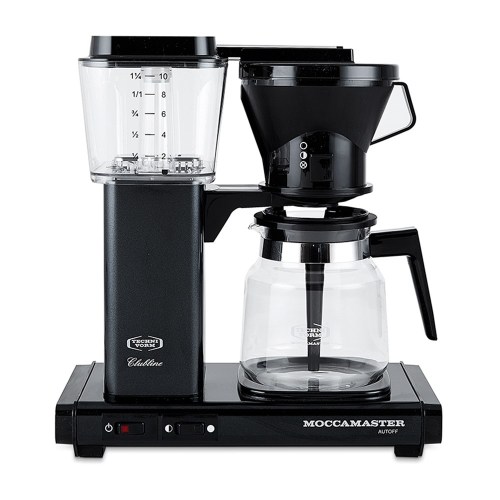
Moccamaster by Technivorm Coffee Maker with Glass Carafe — $329.00
What makes this pot so special is that it has a synchronized time and temperature water heating system that keeps the water used to brew coffee consistent from the start to finish. This helps to bring out the natural flavors in the coffee—mocha java tastes rounder and more full-bodied; light acidic roasts reach their full brightness—and keeps away that bitter after taste that can sometimes come from pots that start off utilizing colder water at the beginning of the brew and finish off with scalding water at the finish.
2. Pour-over coffee cones that fit on top of your mug with a paper filter insert
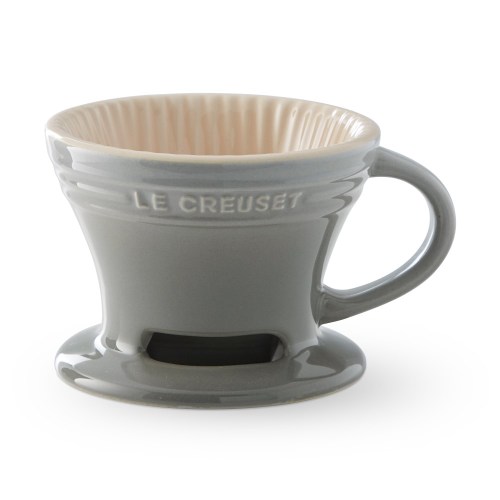
Le Creuset Pour Over Coffee Cone — $28.00
This is an essential vessel for creating the perfect cup of pour over coffee. Created to set on top of your favorite mug, water slowly drips through a paper filter and the three-holed bottom. With openings on the base, watch the coffee drip through as it brews a fresh cup of aromatic coffee.
3. Chemex coffee brewers
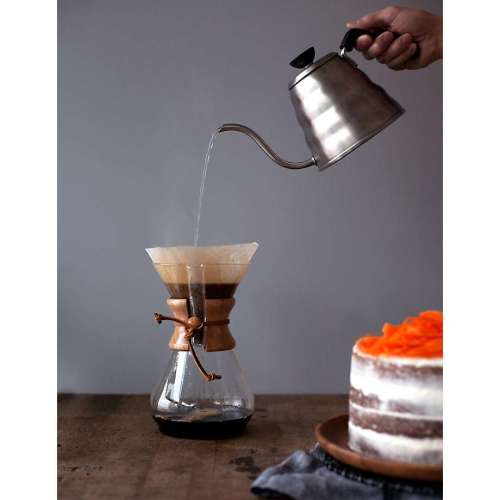
Chemex 3-Cup Coffee Maker — $44.00
The Chemex coffeemaker is an elegant, one-piece vessel made of high quality, heat-resistant glass. This simple, reliable method of making coffee yields a full-flavored, clean-tasting brew using Chemex paper filters.
Want to be the first to hear about the latest (and greatest) SHOP product drops, custom collections, discounts, and more? Sign up to have the intel delivered straight to your inbox.
Sign Up for Our Daily Newsletter
Get all the latest in wellness, trends, food, fitness, beauty, and more delivered right to your inbox.
Got it, you've been added to our email list.



